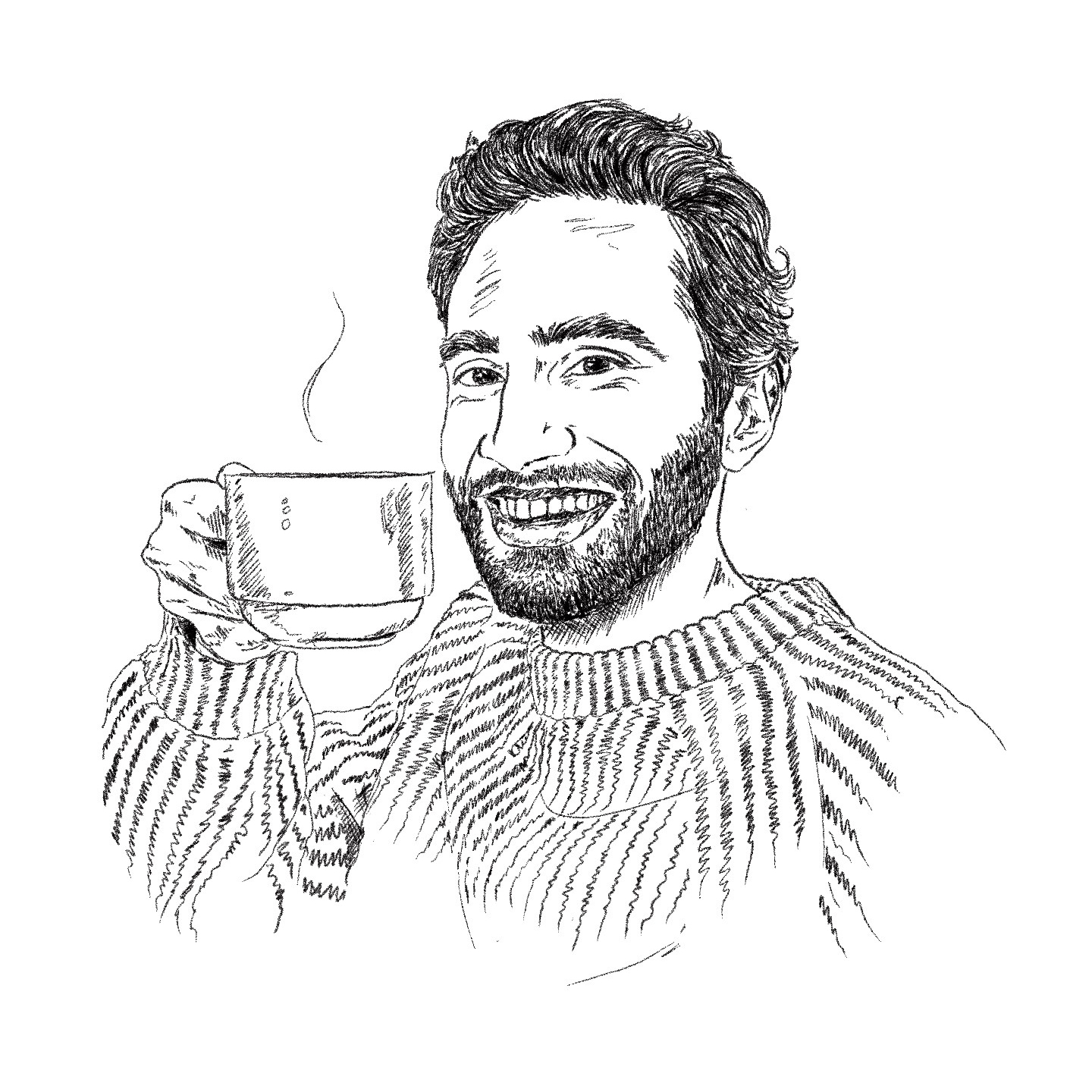A Machine-Learning Approach for Predicting Impaired Consciousness in Absence Epilepsy
Published in Annals of Clinical and Translational Neurology, 2022
Recommended citation: Springer, M. et al (2022), A machine-learning approach for predicting impaired consciousness in absence epilepsy. Ann Clin Transl Neurol. https://doi.org/10.1002/acn3.51647
Behavior during 3–4 Hz spike-wave discharges (SWDs) in absence epilepsy can vary from obvious behavioral arrest to no detectible deficits. Knowing if behavior is impaired is crucial for clinical care but may be difficult to determine without specialized behavioral testing, often inaccessible in practice. We aimed to develop a pure electroencephalography (EEG)-based machine-learning method to predict SWD-related behavioral impairment. Our classification goals were 100% predictive value, with no behaviorally impaired SWDs misclassified as spared; and maximal sensitivity. First, using labeled data with known behavior (130 SWDs in 34 patients), we extracted EEG time, frequency domain, and common spatial pattern features and applied support vector machines and linear discriminant analysis to classify SWDs as spared or impaired. We evaluated 32 classification models, optimized with 10-fold cross-validation. We then generalized these models to unlabeled data (220 SWDs in 41 patients), where behavior during individual SWDs was not known, but observers reported the presence of clinical seizures. For labeled data, the best classifier achieved 100% spared predictive value and 93% sensitivity. The best classifier on the unlabeled data achieved 100% spared predictive value, but with a lower sensitivity of 35%, corresponding to a conservative classification of 8 patients out of 23 as free of clinical seizures. Our findings demonstrate the feasibility of machine learning to predict impaired behavior during SWDs based on EEG features. With additional validation and optimization in a larger data sample, applications may include EEG-based prediction of driving safety, treatment adjustment, and insight into mechanisms of impaired consciousness in absence seizures.
